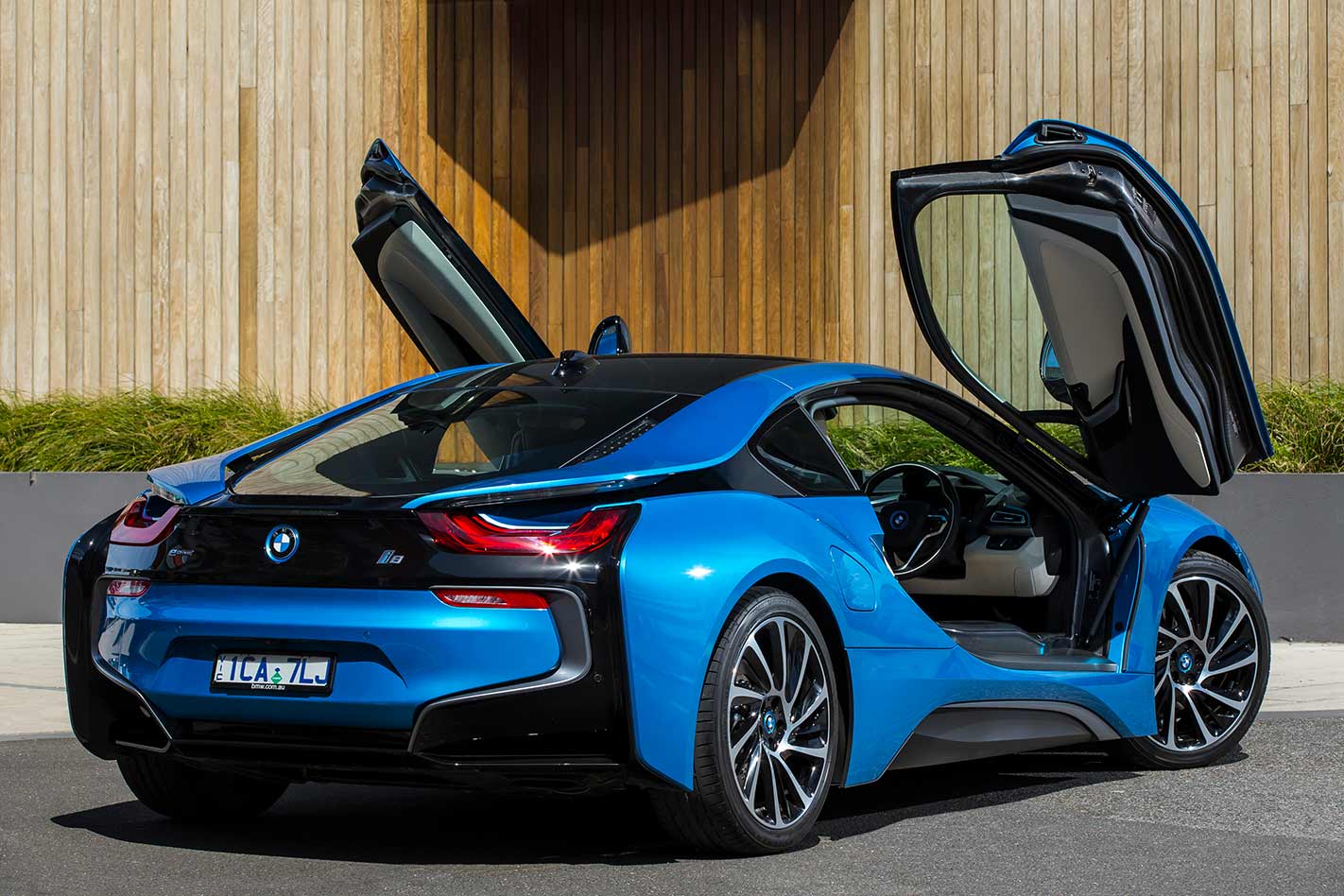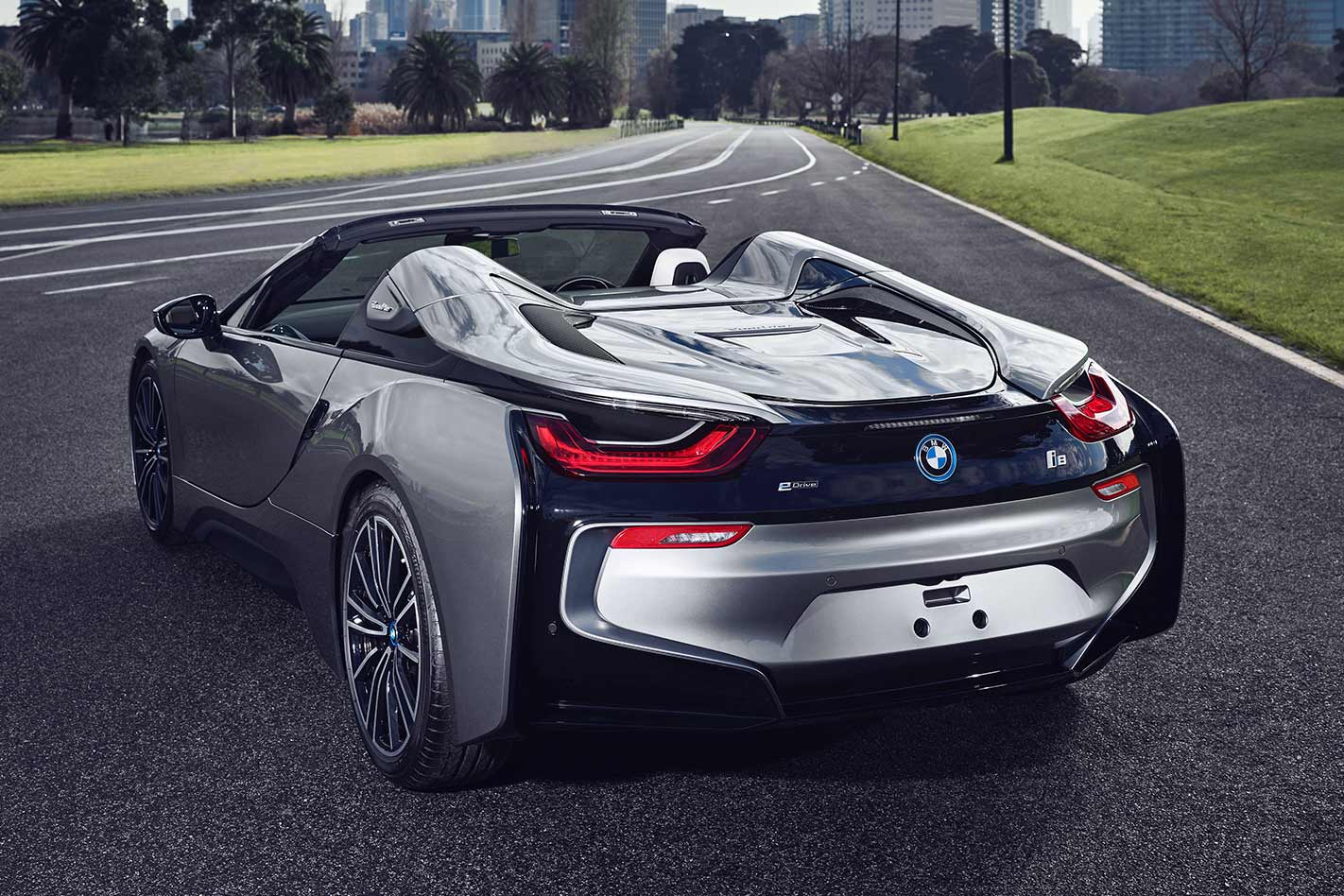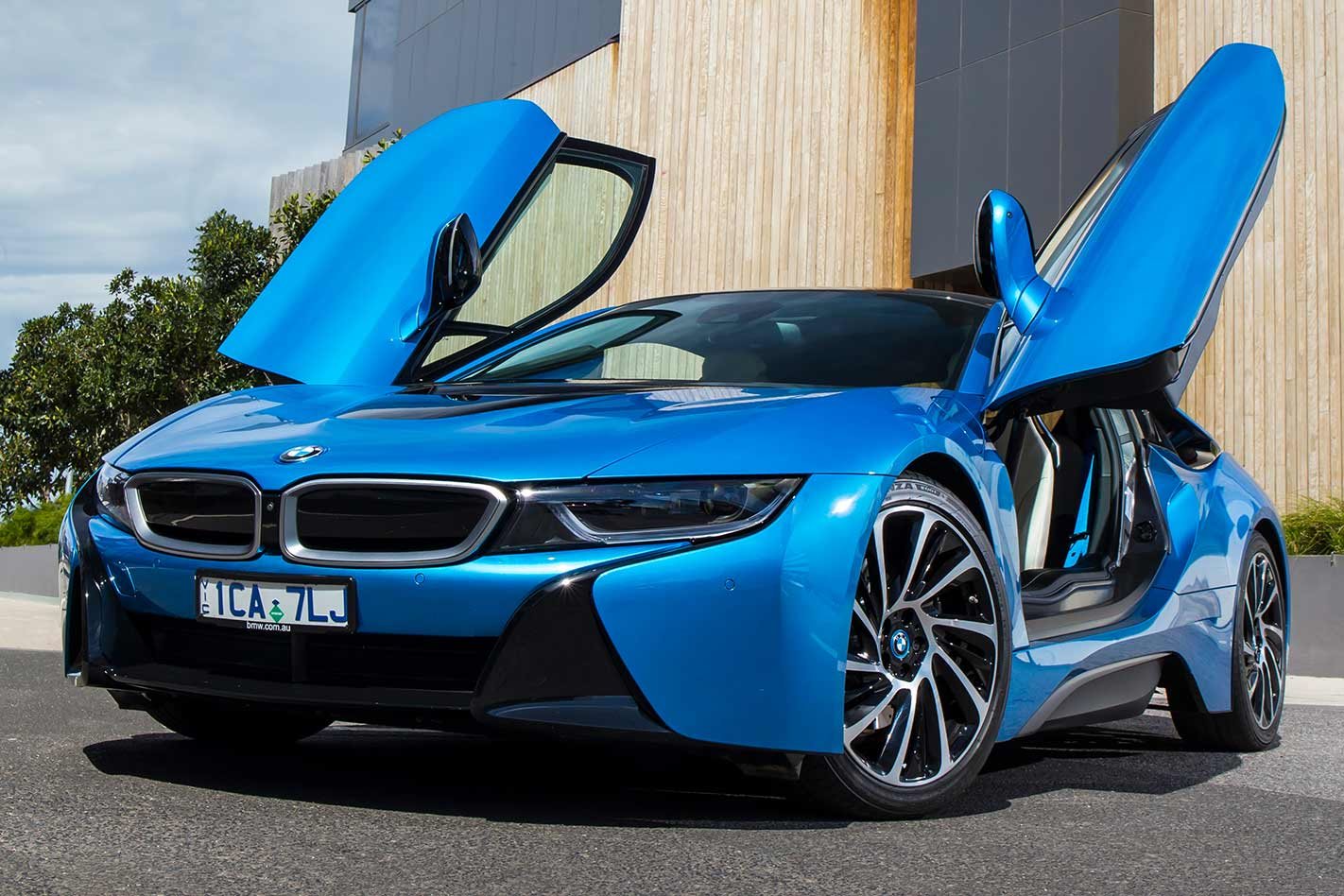Thanks to the relentless regurgitation of clichés by life coaches with overly white teeth, you may think that “getting in on the ground floor” is a guarantee of success. BMW’s i Division proves it is not.
Despite beating its mainstream premium counterparts (if not Tesla) to market with a range of interesting and pioneering electric vehicles, BMW’s heavy investment in establishing a bespoke range of EVs has turned out to be a wincing disappointment.

From the heady days of launching the stunning i8 in 2013, and from winning our Car of the Year in 2014 with the i3, the i Division’s momentum evaporated. Sales were stilted, key staff fled to rival electric start-ups, and now, six years after it entered production, the BMW i8 has officially been axed.
Ironically, it was timing that conspired against it. Like the excellent Audi A2 from the turn of the millennium, the pioneering i8 is a car that was ‘before its time’. The product was good; the market just wasn’t ready.
As moonshots go, it was spectacular. Inspired by the wedged shape of the M1 supercar, the i8 was carbon-tubbed, fitted with butterfly doors and debuted a cutting edge and mid-mounted hybrid powertrain. Yet it also made sense. The landscape was shifting and while an all-new electrified sports car was certainly a gamble, it was also a carefully calculated one.

But there were forces working against it. While it looked like a supercar, it didn’t really go like one. The handling was nicely judged with chatty steering and a decent ride, but narrow low-rolling resistance rubber meant it wasn’t a match for more focused rivals at the limit
It couldn’t live with them in a straight line either courtesy of a 4.4sec 0-100km/h. And 266kW from a combination of a 1.5-litre three-pot and an electric motor just didn’t carry the cachet of rival powerplants.

A lofty $299,000 price tag ($348,900 for the roadster, which arrived as part of the 2017 facelift) also contributed to slow sales in Australia. Globally BMW sold more than 25,000 i8s, which sounds like a lot until you realise the Porsche 911 found 171,315 buyers in the same period in Europe and America alone.
So a good car undone by circumstance, perception and price. But here’s the thing – while BMW misjudged the timing initially, now could be the perfect moment to snaffle a used i8.
Depreciation has been heavy and 2017 i8s are now going for $160K. Factor in its Aussie exclusivity and the fact you’ll turn more heads than any Lambo, and you won’t only have a car earmarked as a modern classic, but one that over-delivers in feel-good factor. And that, we’d wager, is a guarantee.

WHAT’S NEXT? OH, NOTHING
Rumours that BMW is already plotting a successor to the i8 have been swirling for months, though it seems the ‘on again/off again’ project has officially been nixed. The ‘new’ i8 was to take inspiration from last year’s Vision M Next concept and elevate the performance with a 447kW plug-in powertrain. The new car wasn’t due until 2023, so here’s hoping it finds its way back to the table.
BMW i8 AUSTRALIAN SALES 2014-2020
2014 – 3
2015 – 61
2016 – 33
2017 – 24
2018 – 14
2019 – 17
2020 – 11






